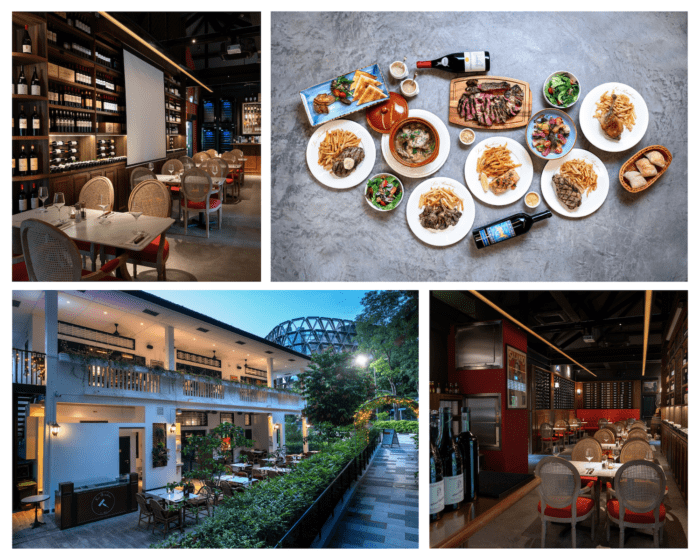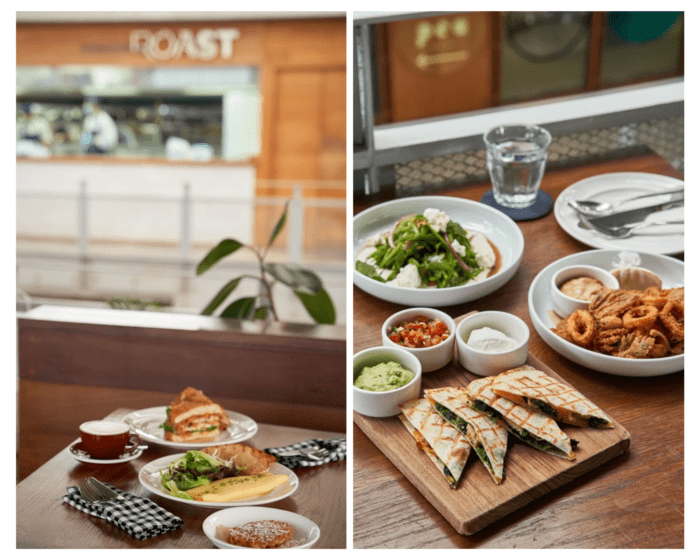Thitid “Ton” Tassanakajohn is perhaps better known to foodies as the chef and owner of Le Du. The Michelin-starred restaurant was just crowned No. 1 among Asia’s 50 Best, and offers a fine-dining experience that is nearly impossible to replicate outside of its meticulous aesthetic in its Bangkok premises.
But when Covid-19 brought with it lockdowns and forced businesses to shut, Chef Ton found himself needing to pivot—and fast. It provided the necessary impetus for him to think out of the box and offer his dishes for delivery.
He said: “I began to look for a solution that still enabled my customers to experience my food amid the limitations in place, and joining a food delivery platform was the only way for my restaurants to survive.”
It’s not about simply taking a dine-in menu and putting it online.
Chef Ton signed two of his restaurants, Baan and Mayrai, up for delivery on Grab.
He was mindful about not simply taking the dine-in menu and putting it online. The restaurants had to adapt to the delivery format to maintain quality and taste.

Instead, he curated a menu that would suit the needs of delivery. Of special consideration: the ability to be transported and the longer lead time between when an order is placed and when it is handed over to a customer. A special menu set named “Chef Ton’s Bowls” was created especially with delivery in mind.
Taking a steak in the delivery market
In Singapore, French bistro and steakhouse Les Bouchons also put effort into ensuring quality did not suffer.
Its Robertson Quay outlet joined GrabFood in March 2020, starting with a menu that was almost totally different from the dine-in offering, including developing some new burgers and sandwiches. Over time, the restaurant streamlined its processes further to offer more items, and refined its offering based on delivery customer feedback.

Joann Du, group marketing manager of L’Angélus Group, which runs Les Bouchons, said: “We had to adapt according to our guests’ feedback of the food received, the impact of the delivery time on our food.
“Our menu was tweaked accordingly to put in more steak options as well as to ensure that our offerings are able to withstand at least an hour of travelling.”
This meant ensuring that the packaging is secure enough to prevent spillage. When it is necessary, different components of a dish may also be packed separately for it to travel better.
The packaging plays an important role in shaping the takeout experience.
For example, hot and cold food items such as mains and salads will be separated. Condiments and sauces are also served on the side.
The packaging also plays an important role in shaping the takeout experience. Les Bouchons has a variety of packaging options for the food on its menu. For instance, paper bags are used to hold fries, boxes for mains while salads are packed in bowls.
Said Du: “It was difficult to maintain the kind of quality customers get when dining in the restaurant. We also had to manage guests’ expectations. Hence, we had to look into revising our offerings, packaging and pricing, to ensure that the expectations can be aligned and to avoid disappointment for the guests.”
More options to serve diners
But just as Covid-19 brought challenges, changing tack has also helped restaurants discover new business opportunities while building on existing foundations.
For Chef Ton, exploring food delivery allowed him to observe changes in consumers’ tastes and habits. Those lessons sparked the idea for a new restaurant concept: ThepNakorn noodles. According to the chef, this was born from their lessons from being on delivery platforms, and was designed to travel in a convenient packaging at an accessible price point.
For Chef Ton, delivery sparked the idea for a new restaurant concept.
He said: “Our new restaurant became the starting point from which new customers could try more recipes from our restaurant chain at a reasonable price.”
In Les Bouchons’ case, the restaurant reduced the portion size of the steaks offered on delivery so that customers can access the same product quality at a lower price point. For the restaurant, it was a chance to target a previously untapped group of customers.
Even with few to little restrictions left in place, many restaurants have chosen to continue offering food delivery, because it’s become a part of everyday life.
[Read more: 70% of Southeast Asia view delivery as a permanent part of post-pandemic life]
Even for cafes like Roast in Bangkok, popular for not just the eggs and benedict on offer but also the ambience for those seeking a leisurely brunch, the change has been obvious.

Co-founder Varatt Vichit-Vadakan said: “After the pandemic, customers recognised delivery platforms as a convenient and affordable way that can help them get food to their homes or workplaces way easier.
“There are a number of customers who consider delivery platforms as their main choice when it comes to getting food, so we have to provide the option as well. That’s why it’s necessary for most restaurants, in any tier, to consider delivery platforms as one of the channels to provide food.”
“The pandemic was undeniably a nightmare. But it was a valuable lesson for myself and my business to grow further.”
Chef “Ton” Tassanakajohn
The challenge of the pandemic was a tough one, especially in the food and beverage joints that counted on people dining in. Still, it provided an education in adapting, surviving and thriving despite the odds.
Said Chef Ton: “As a business owner, the pandemic was undeniably a nightmare that no one wants to face again. However, looking at it today, it was a valuable lesson for both myself and my business to grow further.”
3 Media Close,
Singapore 138498